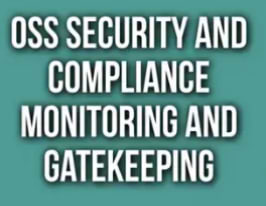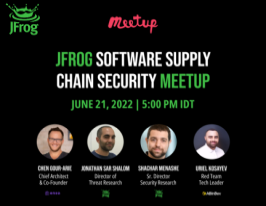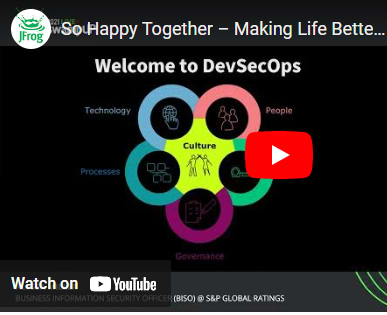What is “Supply Chain” attack? and How to Prevent it in DevOps Pipeline @ DevOps Stage 2022
November 1, 2022
< 1 min read
What is “Supply Chain” attack? and How to Prevent it in DevOps Pipeline @ DevOps State 2022
We will provide an overview of “Supply Chain” attacks types (what is it and why it so important). The second part of this talk will be about “how to” protect your software against using malicious 3rd party packages
DevOps State 2022 is a conference for those who create complex software, work on nontrivial technical problems and use cutting-edge technologies.







